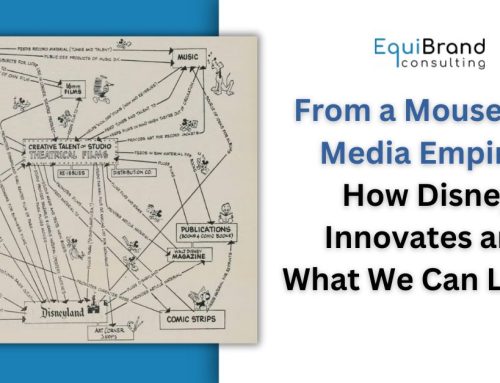There’s no one-size-fits-all approach when it comes to opportunities to gather customer insight.
Sometimes, a broad range of perspectives is essential for strategic context when gathering customer insight.
In other cases, however, doing a “deep dive” with a particular segment is necessary.
Broad range or deep dive into your market?
Gaining broad insight across groups provides a complete picture of the market. This is best utilized for exploratory work when canvassing the market or developing hypotheses for the customer demand framework.
The customer demand framework:
- articulates customer segments and their attitudes, needs, and behaviors
- begins to identify growth opportunity areas to pursue, including market sizing.
Take the automotive category as an example: different consumers value different things. Some drivers see their vehicles as a way to get from point A to point B, while others see their cars as an extension of themselves. Therefore, having a total market view provides context and helps narrow in on the best opportunities.
Often you can obtain clarity by doing a deep dive with highly involved “power users” and “extreme consumers.” Not all customers are of equal value, and there is a risk to treating them this way.
Breaking Down the 80-20 Rule in Marketing Strategy Development
In many categories, what is defined as the “80-20 rule” applies:
20 percent of customers account for 80 percent of the sales.
These customers are then broken down into specific groups: power users, extreme consumers and current and non-current customers:
Power Users
These “power users” are:
- the most involved
- set the highest standards
- provide richer insight
- tend to be more profitable
It pays to understand them and keep them happy. Makes sense, right?
Extreme Consumers
Another group to consider is “extreme consumers.” These consumers lie “in the tails” of a standard bell curve and offer perspective outside the mainstream, on the cutting edge.
Examples of extreme customers are automotive enthusiasts, foodies, fashionistas, Disneyphiles, or a cult of Mac followers. These, among other extreme consumers, can provide valuable insight and signal early opportunities with eventual mainstream impact.
Current and Non-Current Customers
Finally, in identifying new market and brand development spaces, make sure to talk to both current customers and non-customers.
Current customers provide valuable insight into their needs and why they have bonded with your brands. Prospects help identify:
- pain points
- barriers to acceptance
- market expansion opportunities
In upstream marketing, clarity and a deep understanding by gaining customer insight is imperative.
Curious to learn more?
We’re pleased to offer you a free download of the second chapter of our popular book, “Upstream Marketing”.
You can access this insightful chapter here.




















Follow EquiBrand